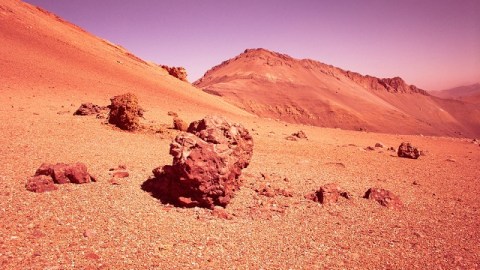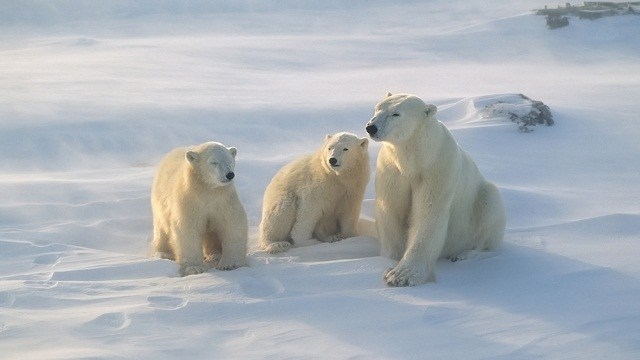Curiosity Rover Reports Martian Soil Is Similar To Hawaii’s

Article written by guest writer Kecia Lynn
What’s the Latest Development?
NASA’s Curiosity rover has sent back the results of the first-ever in-depth analysis of soil in Mars’ Gale Crater, and they reveal that, mineralogically speaking, it’s similar to what’s found on the sides of Hawaiian volcanoes. The Chemistry and Mineralogy (CheMin) instrument installed on the rover used X-ray diffraction, a common geological technology, to help identify the structures of minerals found in soil and powdered rock samples. It’s one of ten instruments that are helping to determine if microbial life could have ever existed in the crater.
What’s the Big Idea?
CheMin co-investigator David Bish says, “Much of Mars is covered with dust, and we had an incomplete understanding of its mineralogy…We now know it is mineralogically similar to basaltic material, with significant amounts of feldspar, pyroxene and olivine, which was not unexpected. Roughly half the soil is non-crystalline material, such as volcanic glass or products from weathering of the glass.” He adds that the results are consistent with scientists’ beliefs about a transition period from a wet to a dry environment. Next up from Curiosity: Results from another instrument designed to identify organic compounds in soil samples.
Photo Credit: Shutterstock.com





